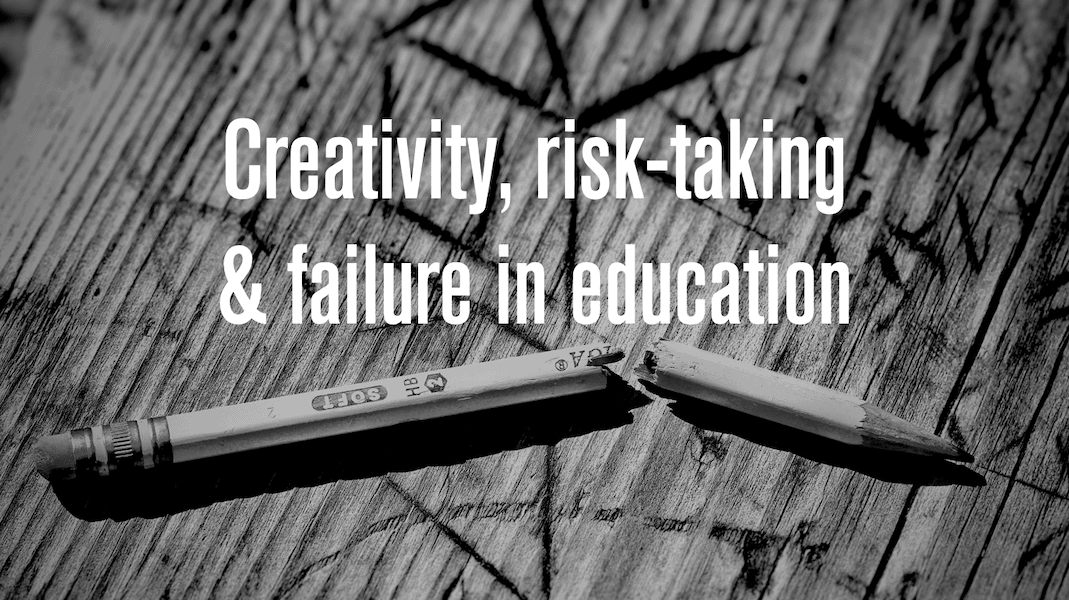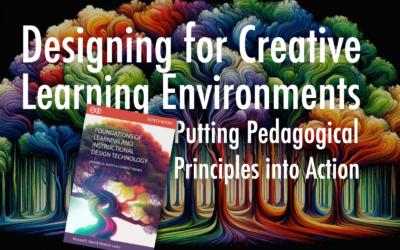I wanted to bring attention to two articles that came across my desk today. The first was in the Chronicle of Higher Education titled Creativity: a Cure for the Common Curriculum on efforts at range of universities seeking “to train students in how innovative thinkers …[and] use the tools of creativity to solve problems.”
The second article in yesterday’s Washington Post was titled Engineering students learn how to swing dance during class to help with problem-solving skills.
I have been thinking and writing about this for a while now – and it is good to see some of these initiatives taking root. These are difficult issues to deal with mainly because the return on investment, as it were, for teaching creativity is hard to measure. But that just makes the task all the more interesting.







0 Comments